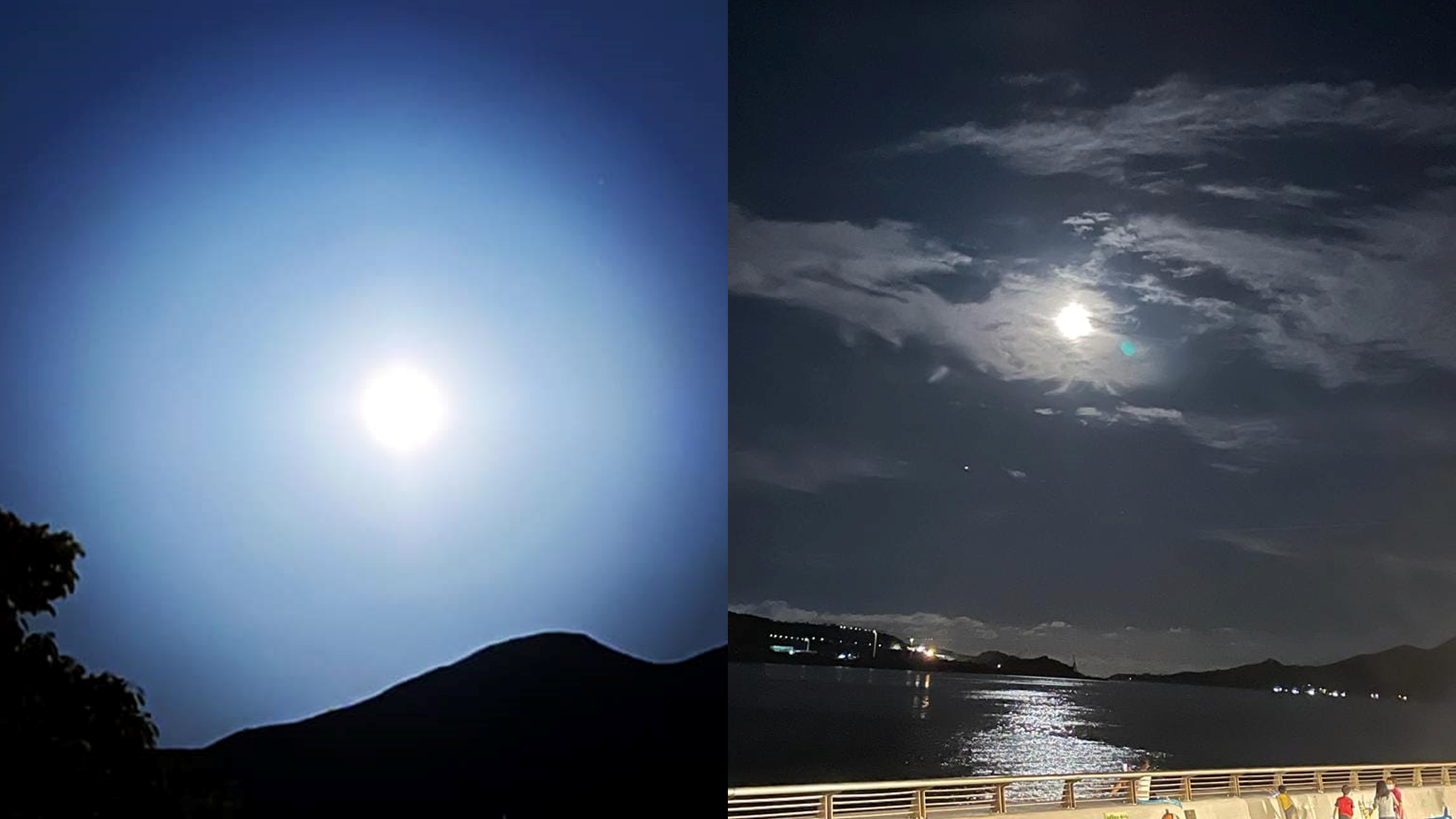Full moons are not uncommon occurrences. Yet how much do you know about these natural phenomena? Here we will delve into the two supermoons we just bore witness to. The strawberry full moon on 14 June and buck full moon on 14 July.
Full moons occur when the moon is opposite the Sun in its orbit around Earth. Its sunlit side is entirely visible from Earth. Such a position causes the moon to look full and round. Often, we see a white-yellow full moon, yet in rare occasions we can see reddish pink ones. They look reddish when it is rising or setting, because of haze in the atmosphere near the ground, which filters out all the light reflecting off the Moon save for the reddest wavelengths. The full moon is a time to be receptive, to take the light and awareness of spirit into your emotional and physical body[2].
In the span of a month, these two natural beauties came to us. Strawberry moon typically takes place on the last full moon of Spring or the first of Summer. It takes its name from the ripening of June-bearing strawberries that are ready to be harvested. It is emblematic of luck, love and prosperity[3]. Have you had your stroke of luck in June? I bet you have! We may have been barred by the heavy rain on that day from witnessing the supermoon, nonetheless, a greater happening awaits.
Thirty days later, we came to be wowed by the yellow buck full moon. It takes its name from the fact that the antlers of male deer (bucks) are in full-growth mode at this time. Bucks shed and regrow their antlers each year, producing a larger and more impressive set as the years go by[4].
When closely observed, you will see that the buck moon is larger than the strawberry moon. In fact, this scene can be easily explained: The Moon's orbit around Earth is not a perfect circle – instead, it is fairly elliptical – about 5.5% eccentricity. There is a fairly large difference between the perigee (when the Moon is at the closest point in its orbit) and apogee (when the Moon is at its farthest)[5]. As such, July’s Supermoon prevails over June’s Supermoon in size.
Another noteworthy astronomical phenomenon, the Parade of the Planets commences. The one-in-twenty-year event happens as Mercury, Venus, Mars, Jupiter and Saturn align. You could adore this awe-full spectacle even without a telescope. The planets extend from east to south across the sky. Such a parade is extremely rare. The next will likely come in 2040. Did you catch a glimpse of that planet parade this time around?
Back to square one, you would ask what a planet parade is. It is widely thought to be an astronomical event that takes place when planets line up in a row in the same area of the sky, as seen by observers from Earth. Nonetheless, it is necessary for people to remember that planets in the solar system do not orbit in the same plane. Thus, it is impossible to expect a perfectly straight line aligning the planets. Have you had your stroke of luck spotting these astronomy occurrences? We hope you have learnt more from this bi-month’s article. See you in September!
July 2022
James Leung
Diocesan Boys School Class of 2022
Photo credit: Ivy Fang, Li Man (Selected photos from the HKLF Facebook's supermoon campaign)
Reference:
- Deborah Byrd "What is a full moon" https://earthsky.org/moon-phases/full-moon/
- Cameron Allen "What the Full Moon means in Astrology" https://www.yogajournal.com/lifestyle/astrology/full-moon-meaning-in-astrology/
- Olivia Luchini "All Zodiac Signs Should Prepare to Manifest and Prosper During June's Strawberry Moon" https://www.popsugar.com/smart-living/strawberry-moon-meaning-48635696
- "Buck Moon: Full Moon in July 2022" https://www.almanac.com/content/full-moon-july
- "Why do the size and brightness of the full moon change? (Intermediate)" http://curious.astro.cornell.edu/about-us/46-our-solar-system/the-moon/observing-the-moon/129-why-do-the-size-and-brightness-of-the-full-moon-change-intermediate

